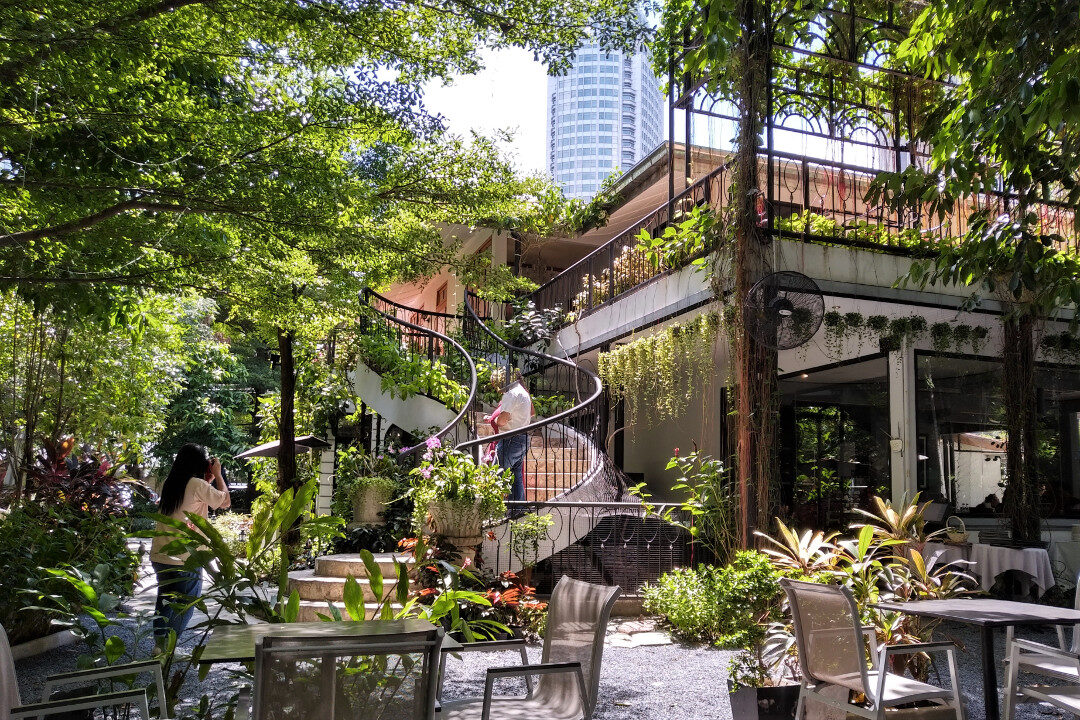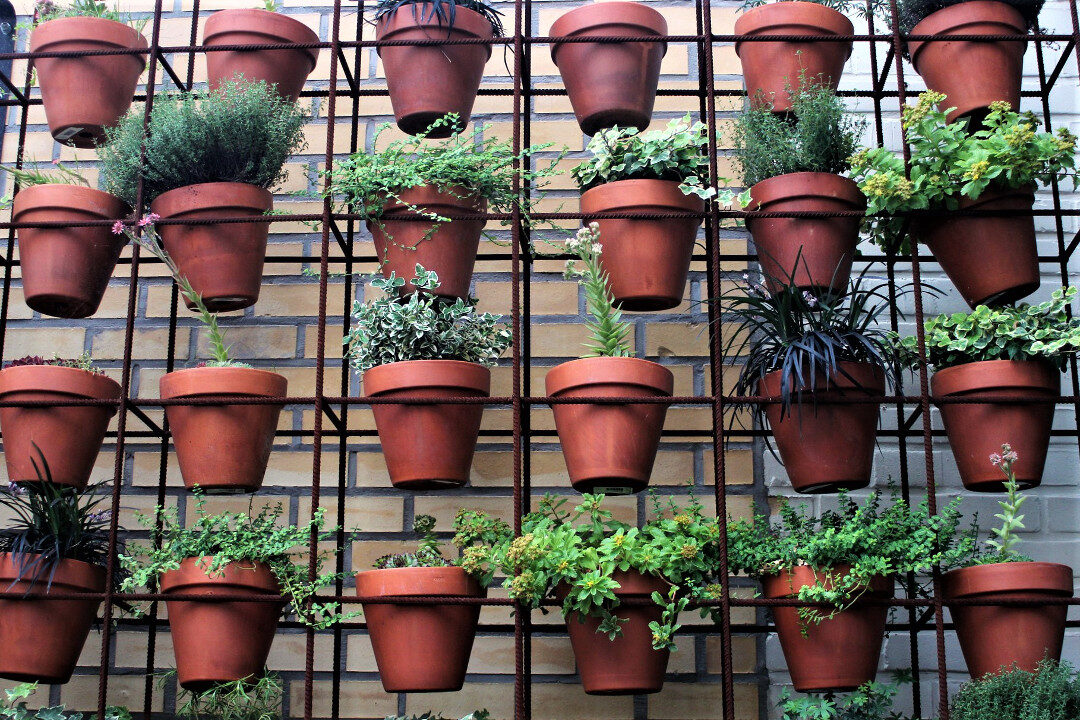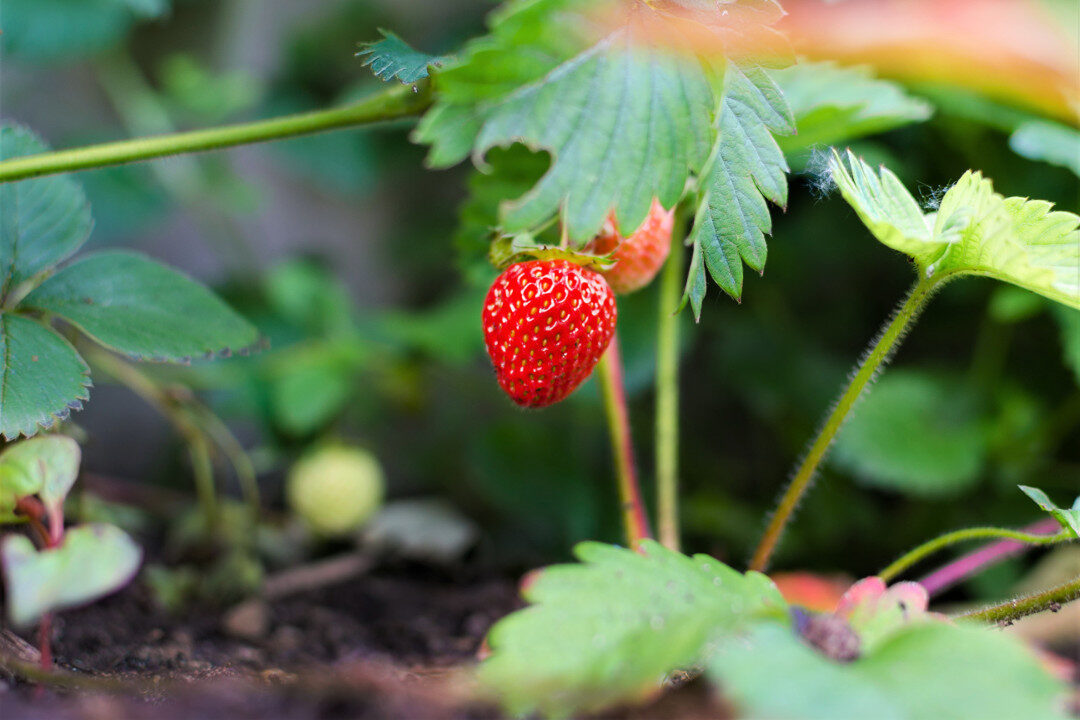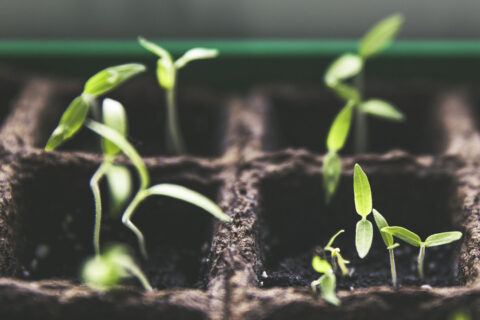Urban Gardening makes it possible! While more and more agricultural land is being used in Switzerland, grey balconies in cities are being converted into green oases. Away from the hustle and bustle of everyday life towards your own vegetables from the balcony- of course without pesticides and long transport routes.
Old tradition revived
Urban horticulture is not a phenomenon of modern times: until the middle of the 19th century it was not possible to transport fruit and vegetables over long distances due to inadequate transport facilities. So the urban population had no choice but to use the available green areas for growing fruit and vegetables. Particularly in the war and post-war periods, every corner of the world was used to feed people and to remain as independent as possible. Since then, the industrialisation of agriculture and urbanisation have increasingly distanced food production and urban dwellers from each other. But now green areas, biodiversity and the conscious handling of food are finally gaining in importance again.

Maximize the space
Too little space on the balcony? No problem! Vertical gardens are the solution. There are no limits to your imagination. Pallets can be used to make planted beets for the wall, plastic containers stacked on top of each other in various sizes create a herb pyramid, or how about planted cans of tinned food hanging on the wall? If creativity is not one of your strengths, you can also do well with decorative hanging traffic lights and pots that can be planted with colourful flowers or hanging strawberries. In combination with a cosy sitting area and a barbecue, the green work of art is completed.

Tips for the practice
What do I plant where? Basically, all plants that thrive well in tighter spaces are suitable for vertical gardens. Mediterranean herbs such as rosemary, thyme, sage and basil need a lot of sun. They thrive best on the south side of the balcony. Tomatoes, cucumbers and peppers also need a lot of warmth and light. For semi-shade locations (balconies facing west and east), leafy vegetables such as salads, chard and spinach, but also hydrangeas or fuchsias are suitable. And when sunbeams are the exception, peppermint, woodruff and wild strawberries and decorative ferns should also thrive satisfactorily.
And last but not least: soil. For plants to thrive, it is essential to use the right soil. Here is an overview: -for vegetables and berries: Vegetable soil or plant soil enriched with compost -for perennial fruit and deciduous trees: roof terrace soil or potted plant soil -for Mediterranean herbs: Herb soil -for hanging baskets and hanging baskets: geranium or potting soil
Have fun trying it out!
PS: Farmer Köbi from Schindellegi sells high-quality compost. He also offers experience days where interested people can learn all about the secret of tasty organic vegetables. Click here to see his profile.




Leave a comment